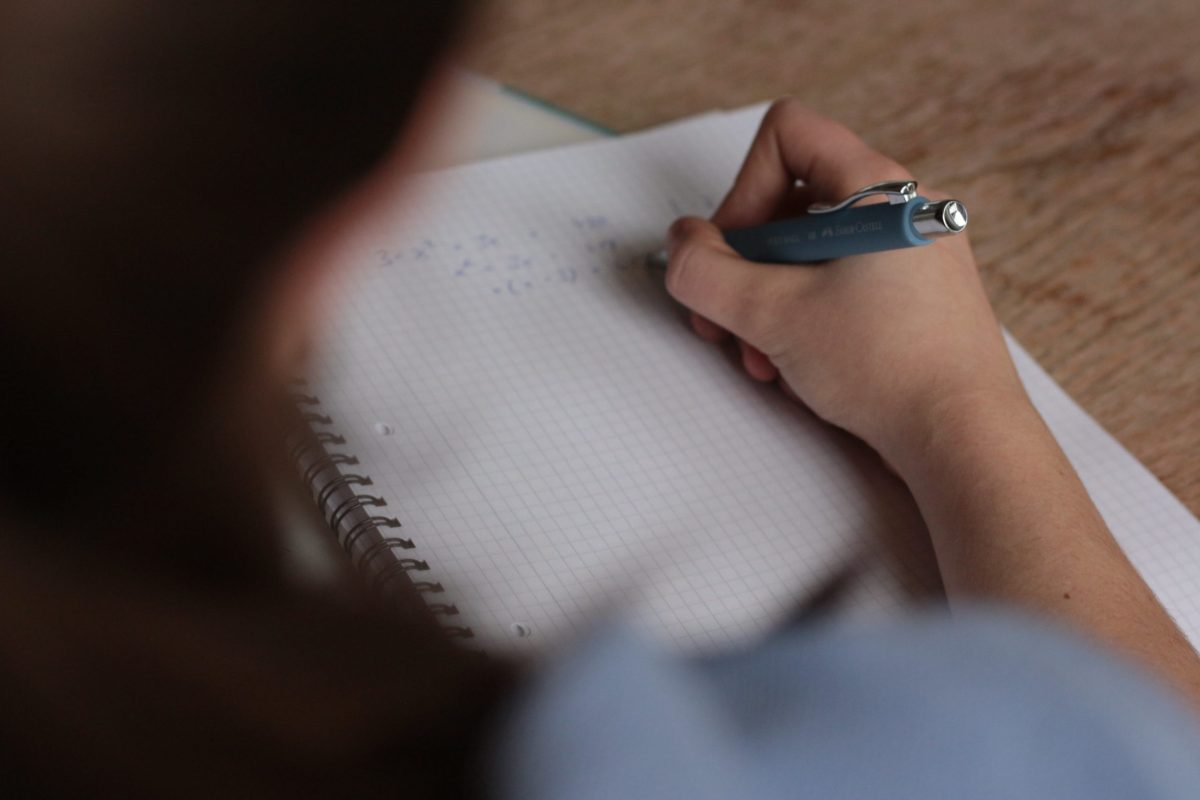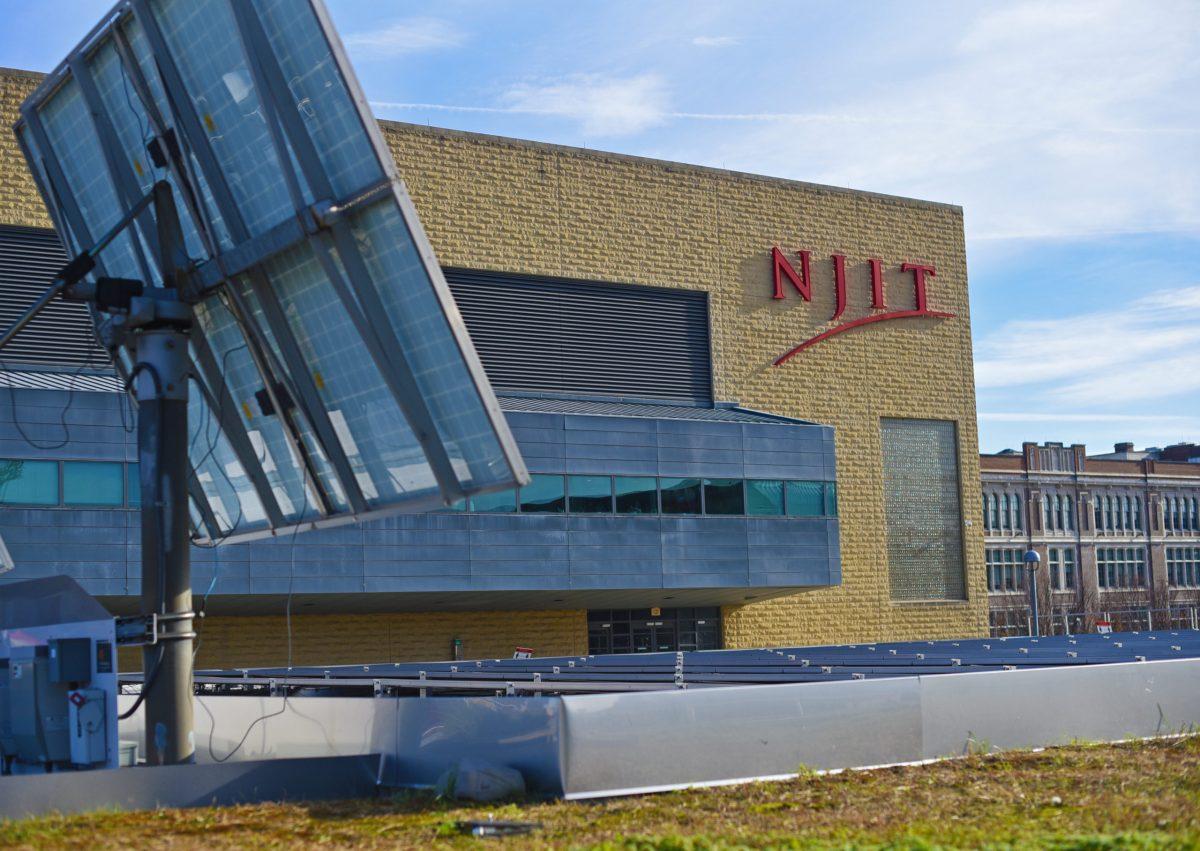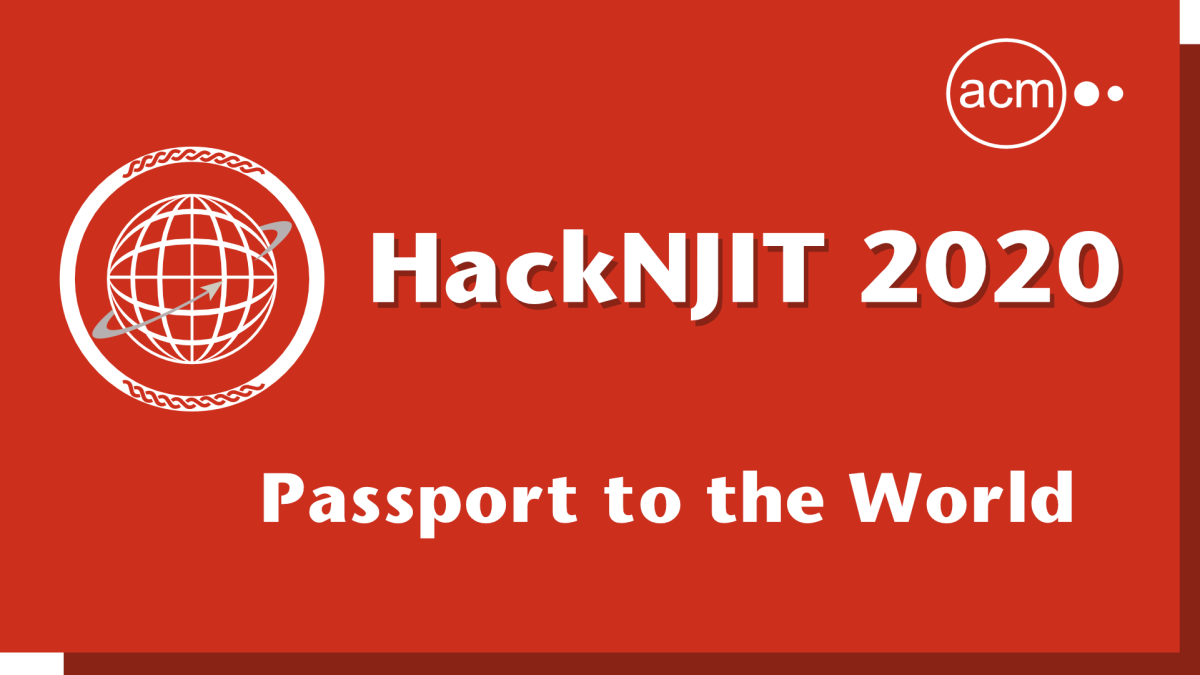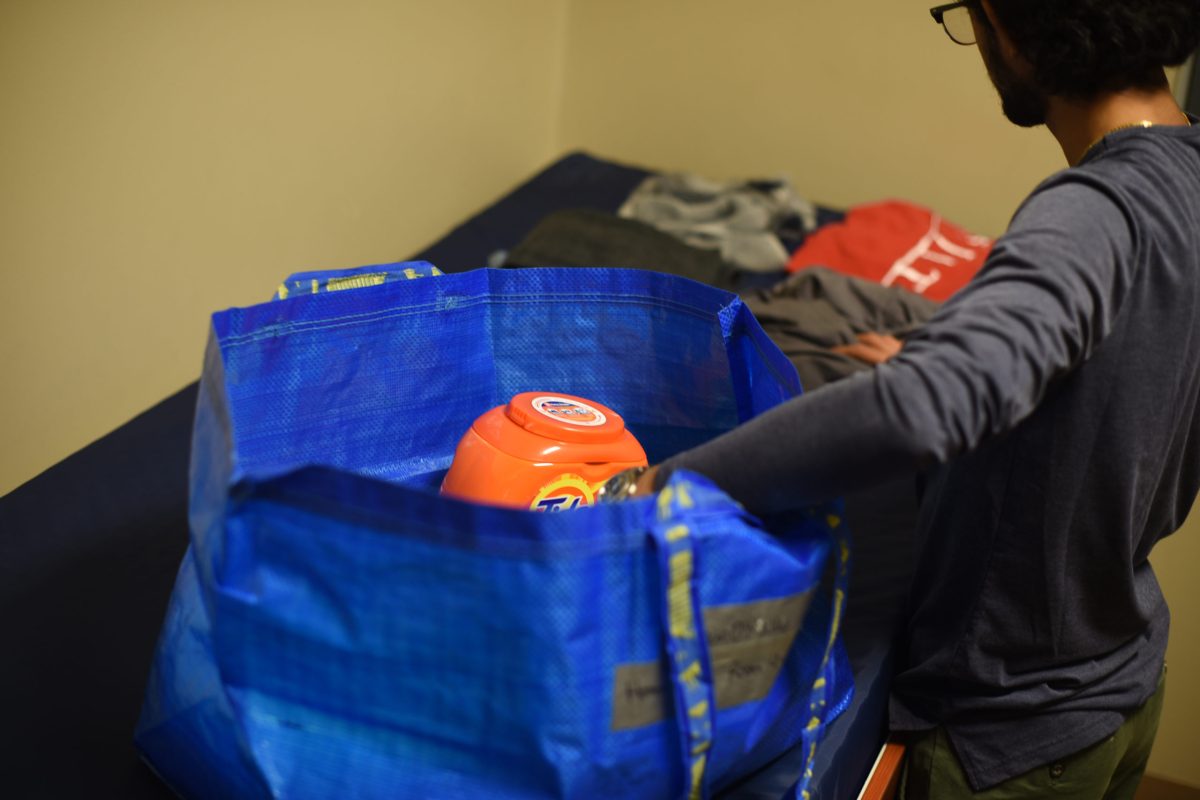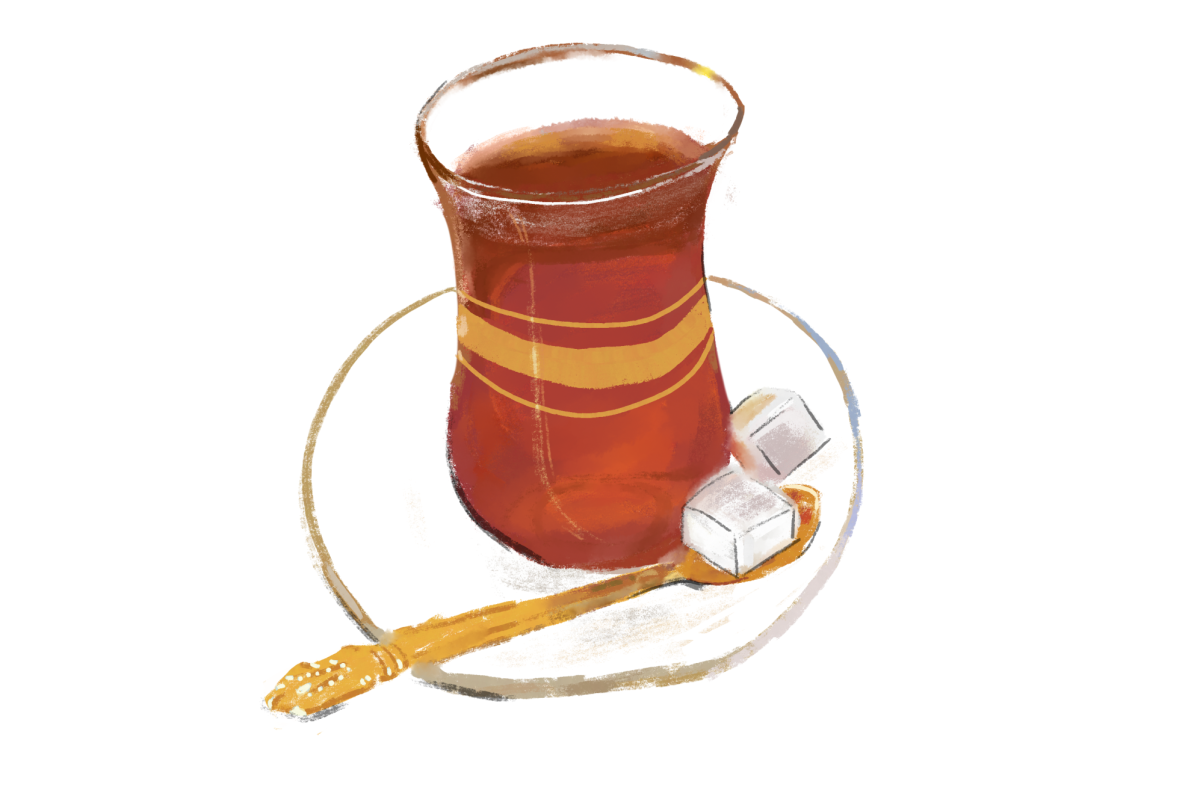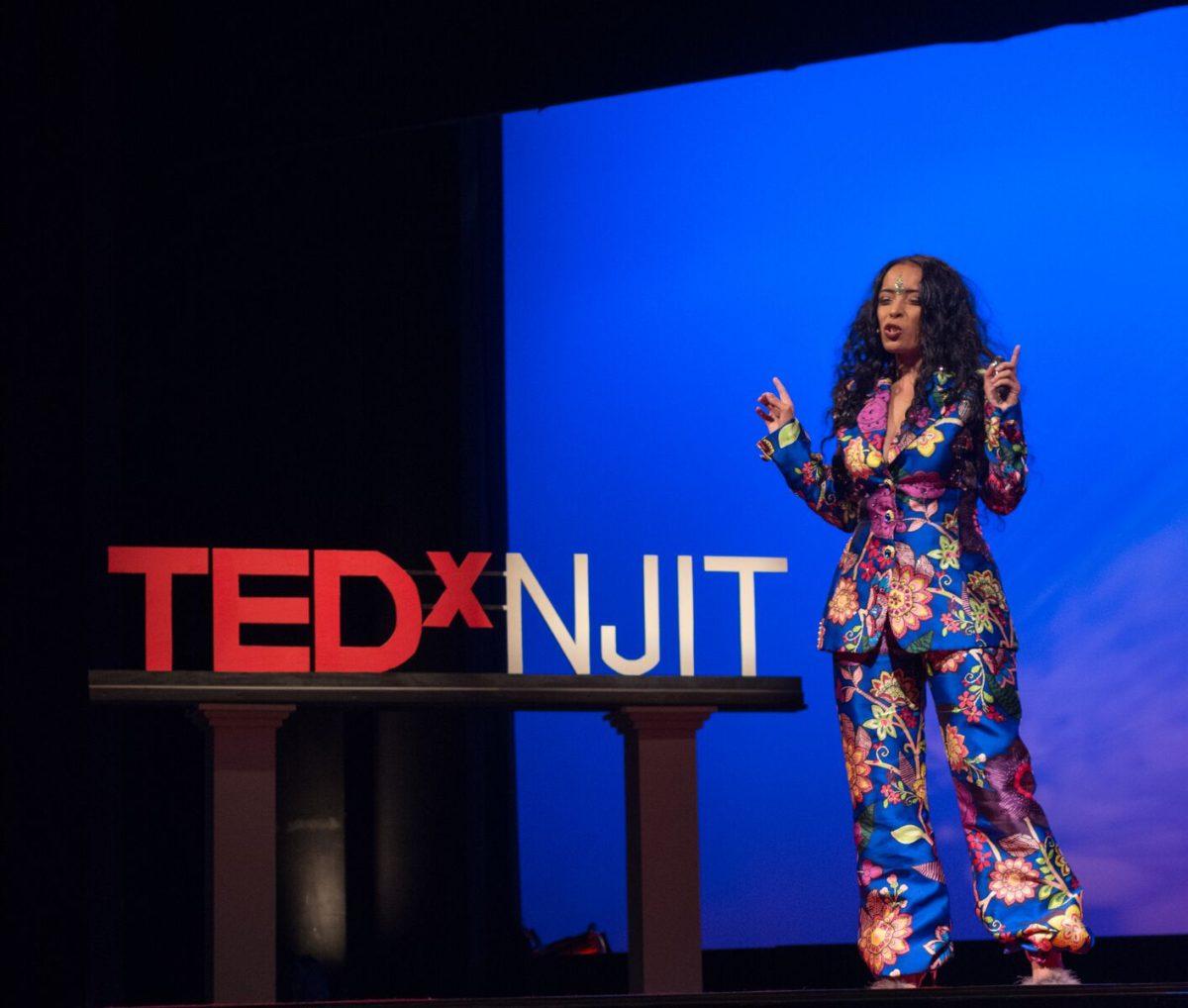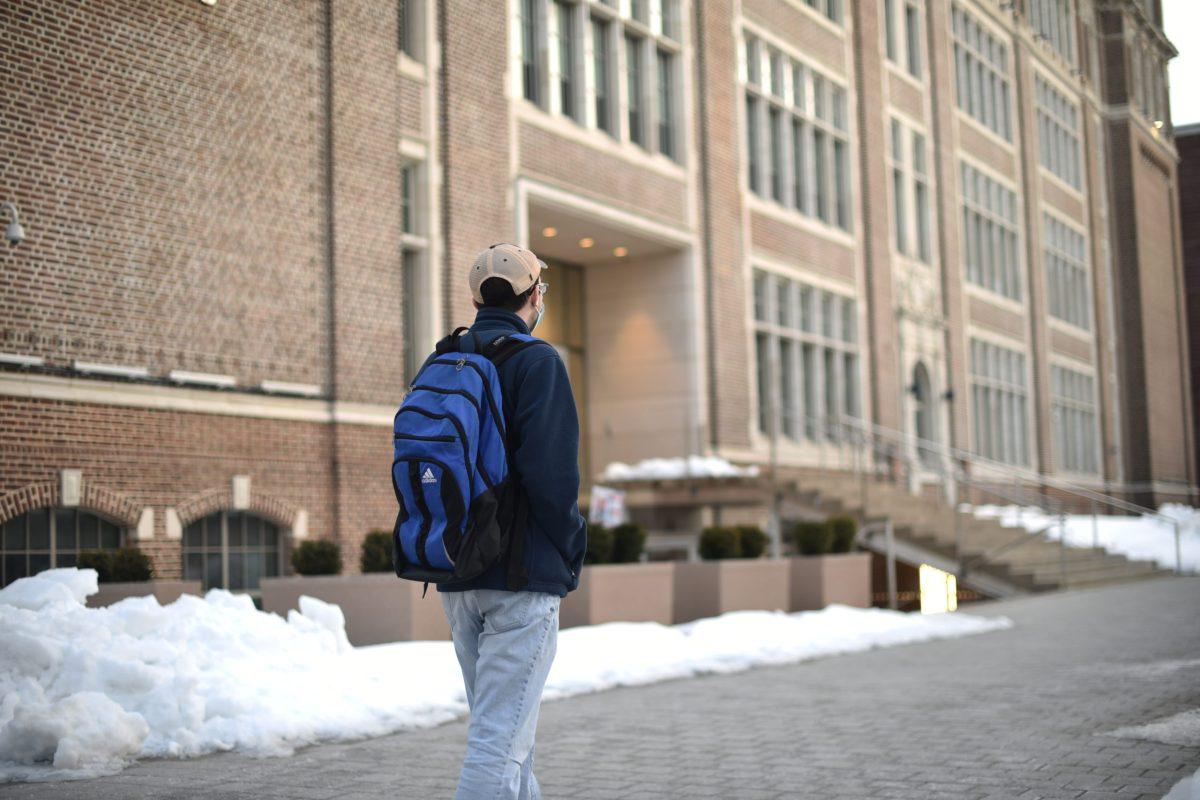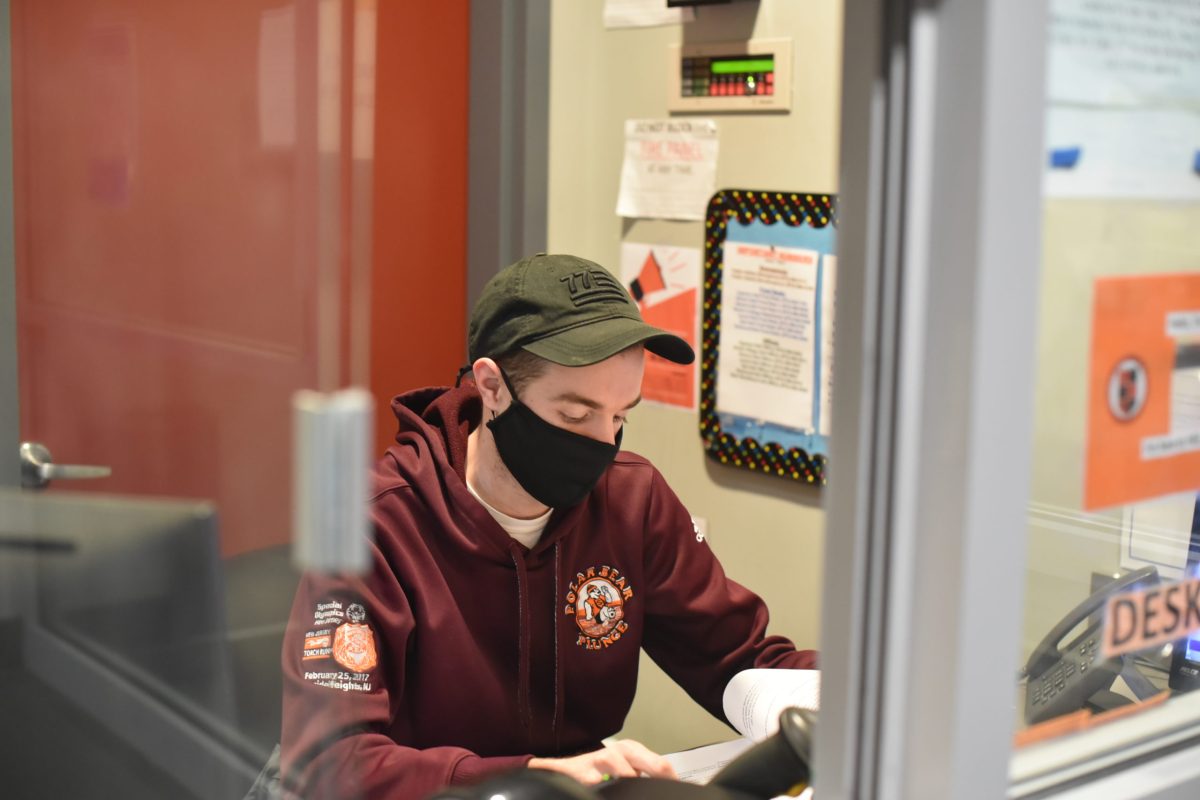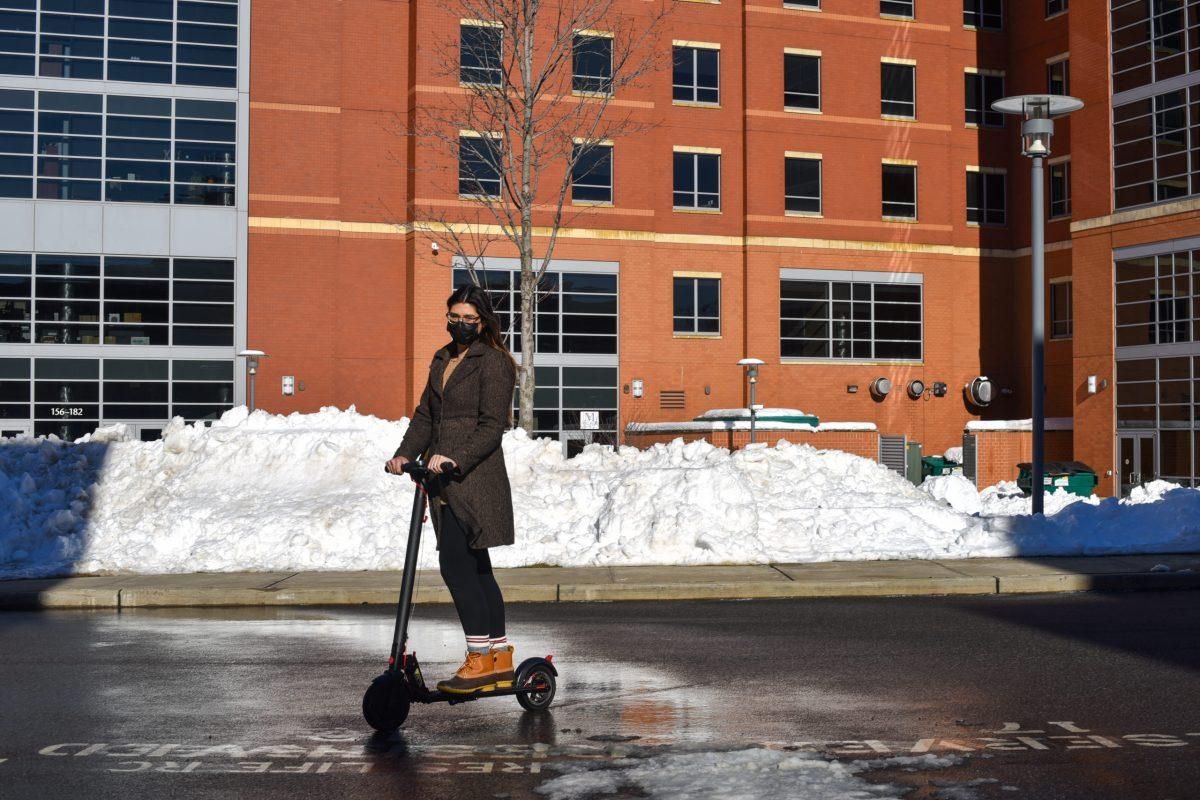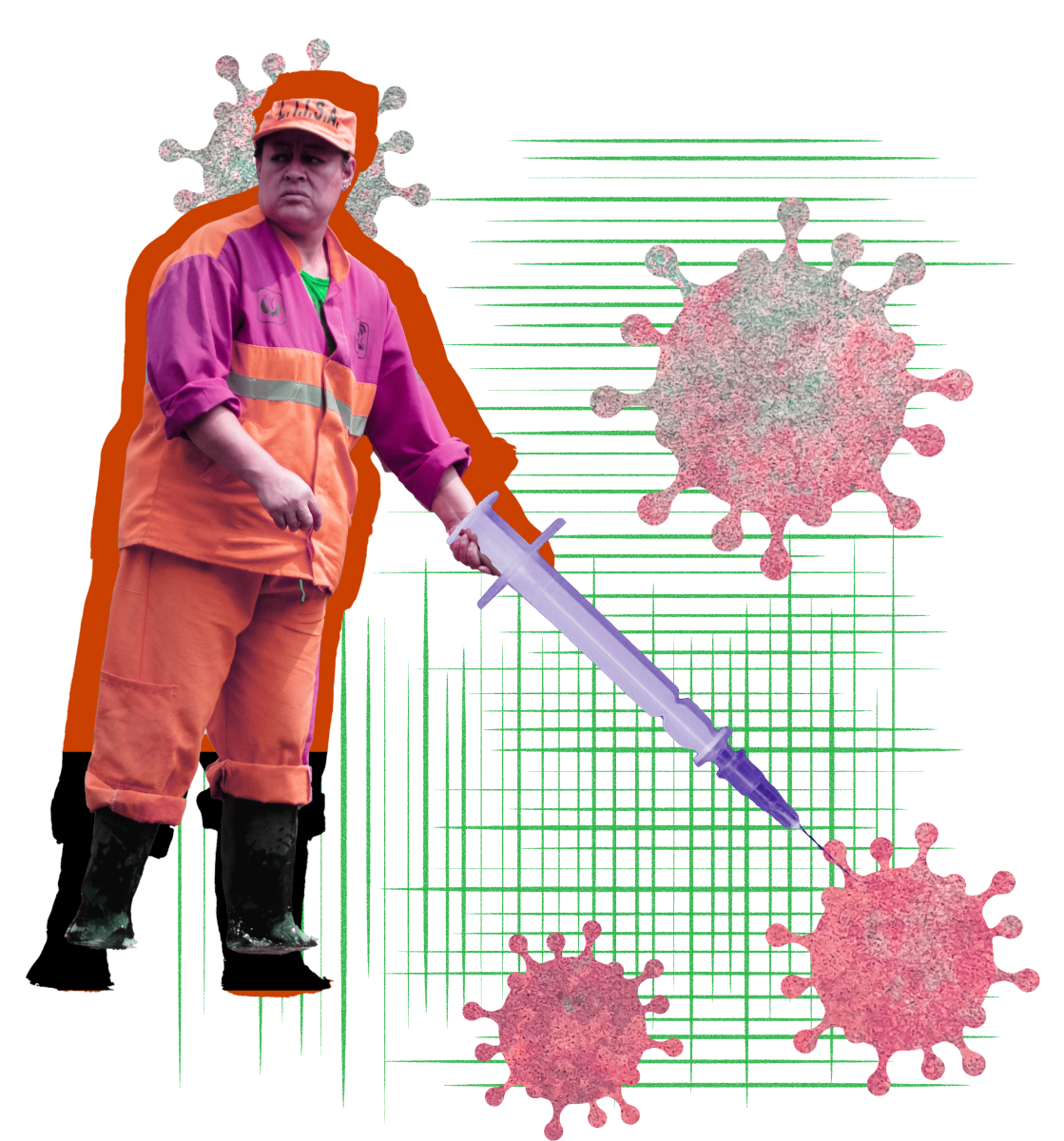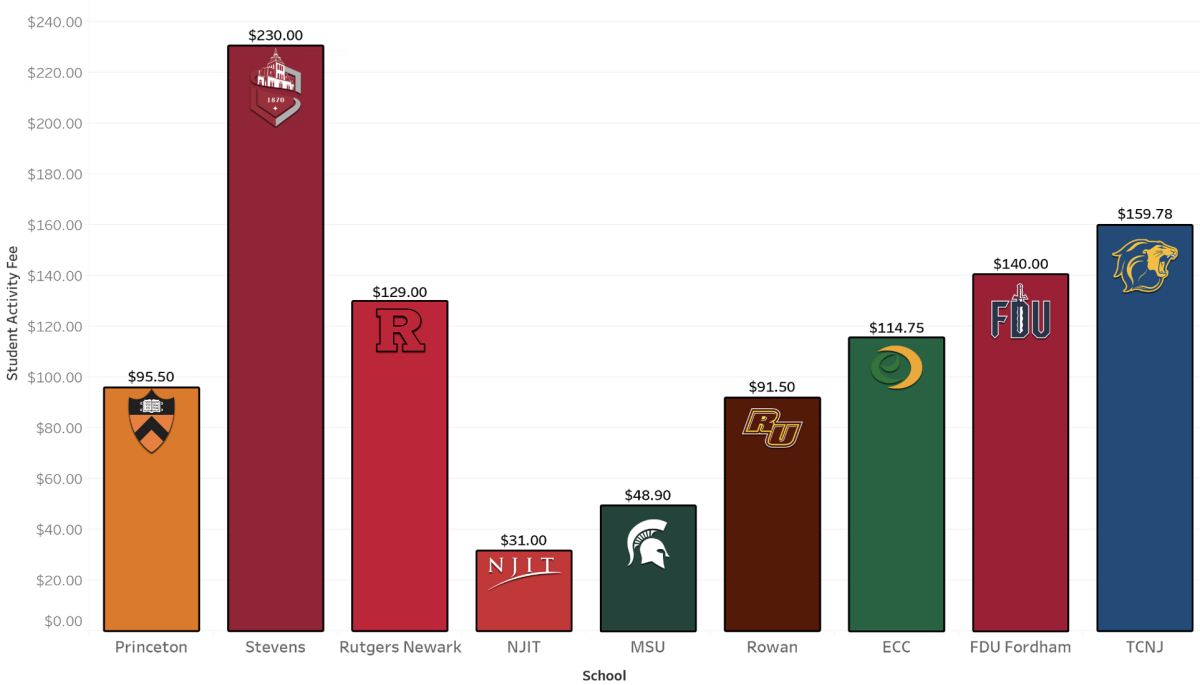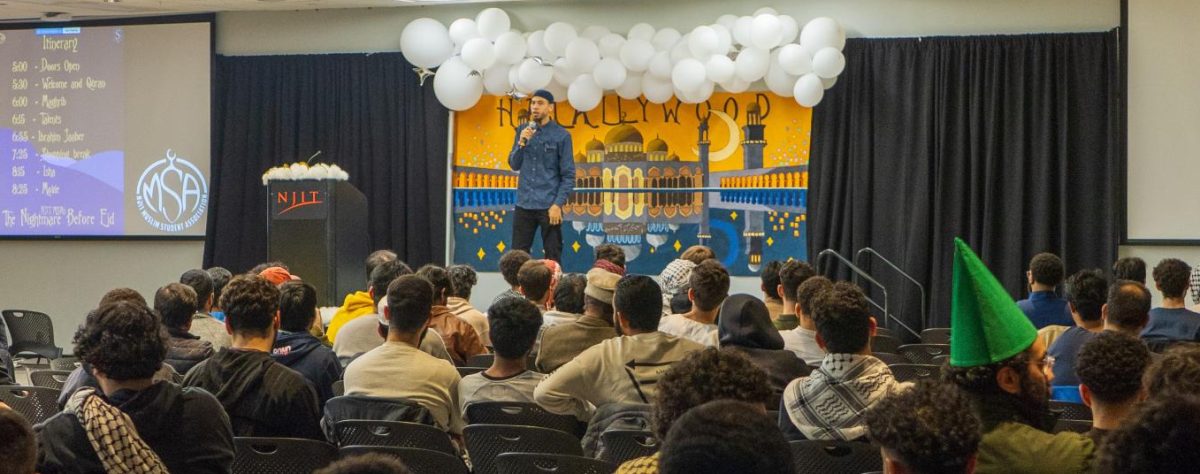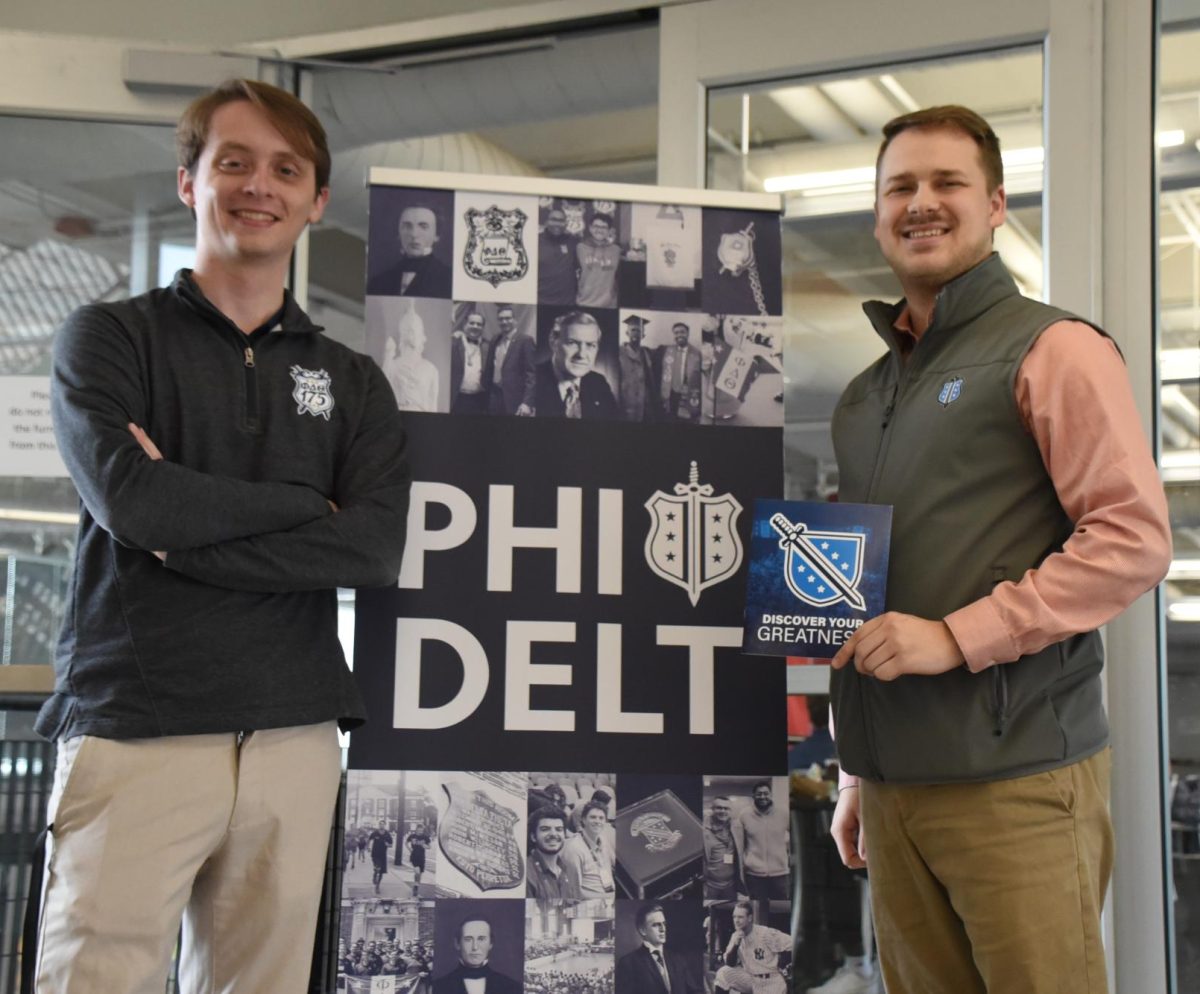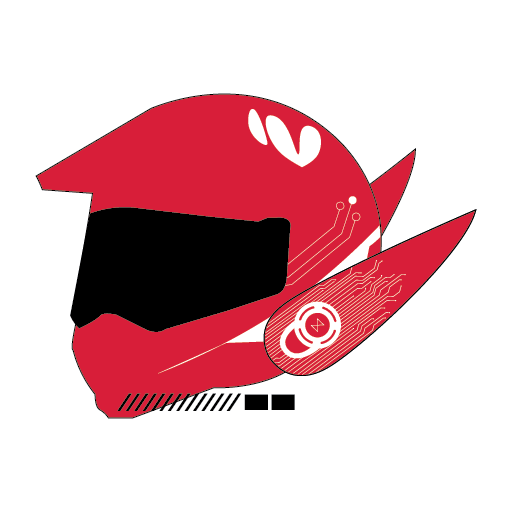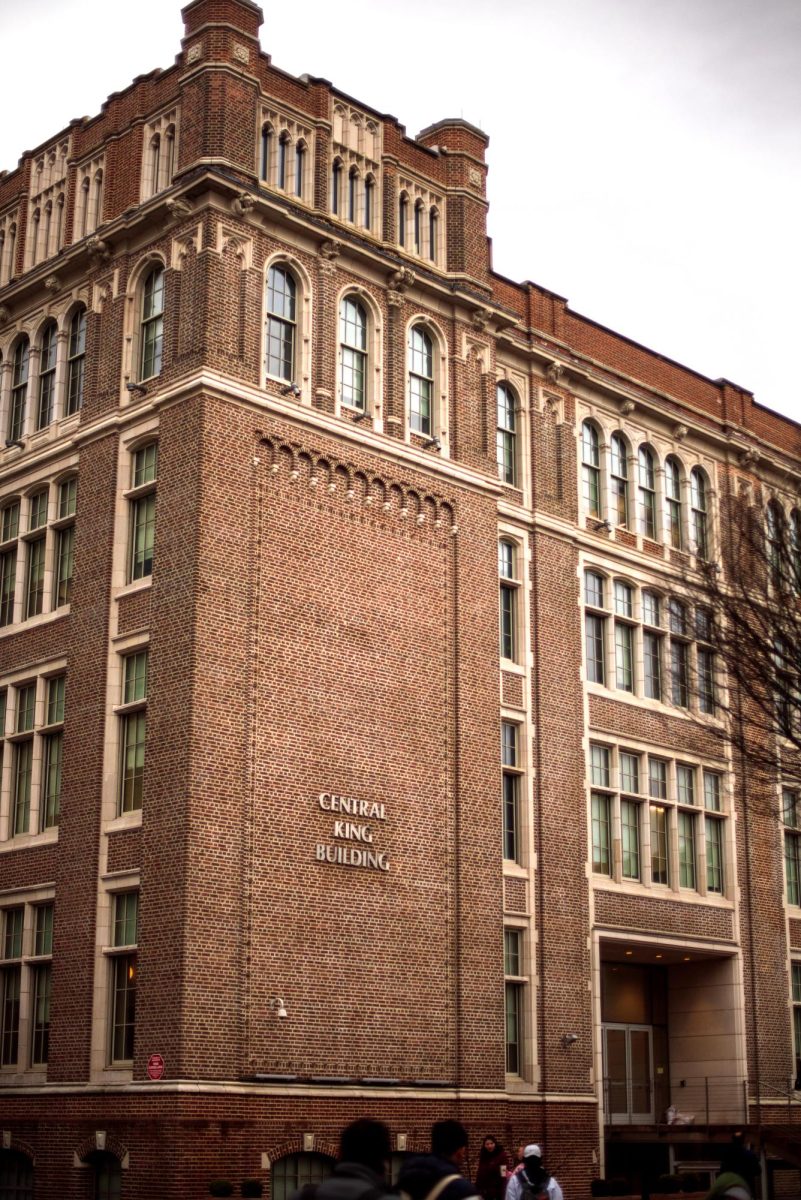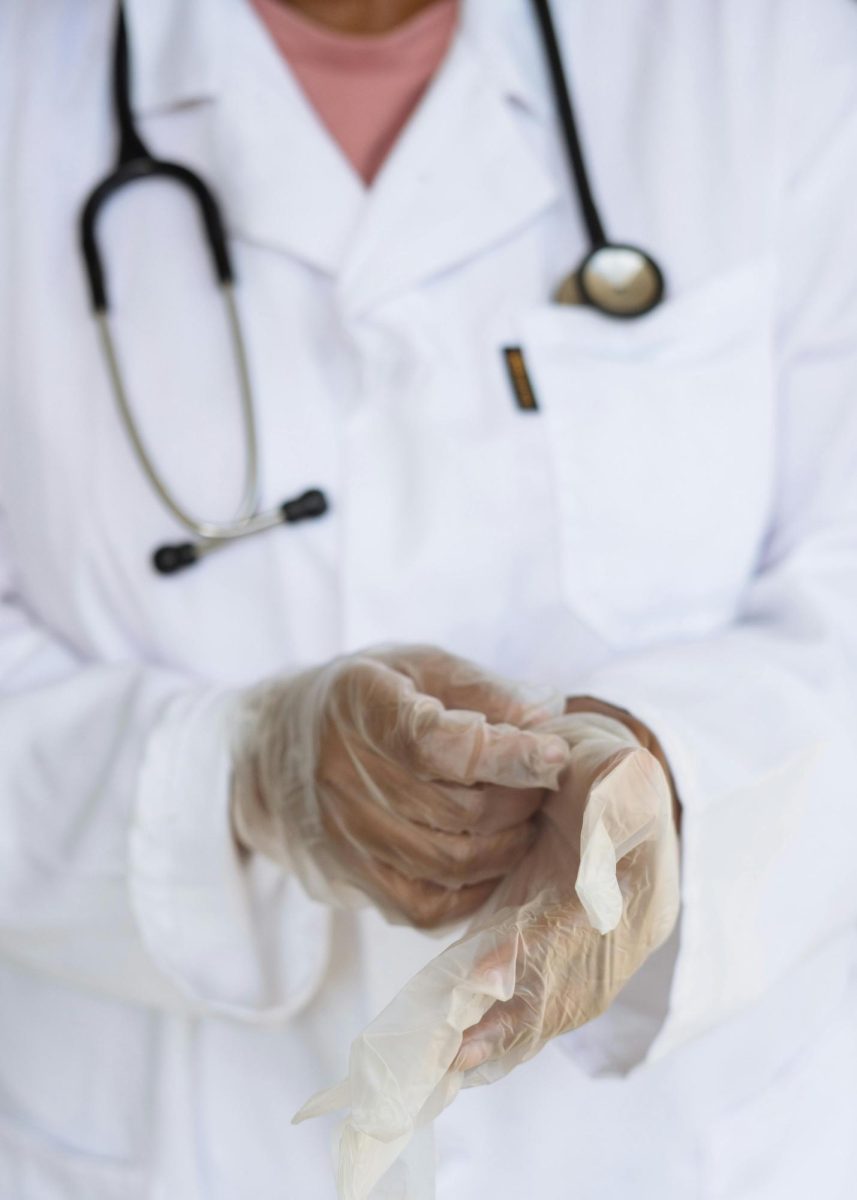For the past two decades, NJIT’s Dr. Boris Khusid has been engaged in space research with the National Aeronautics and Space Administration (NASA) and one of his experiments was sent to the International Space Station (ISS) on March 7.
ACE-T-Ellipsoids is a series of experiments at the ISS which explore the behavior of colloidal solutions. Dr. Khusid has been working on this project for the past six years, and these experiments are a follow-up to the ACE-T11 studies. Both studied colloids, solutions which are suspensions of very fine particles in liquid; however, the new experiments will be focusing on elliptical particles, unlike ACE-T11, which studied spherical ones.
These experiments are related to the Advanced Colloids Experiment Program and their purpose is to understand the contribution of gravity to the forces binding colloidal particles together. The effect of gravity on such particles and the forces holding them together hasn’t been understood, and the ACE-T-Ellipsoids studies hope to uncover information about it. The only way to do so is to run microgravity experiments, which is why the studies are being conducted on the ISS under temperatures which are experimentally controlled.
Despite studying colloids for at least a century, humans don’t know much about these solutions, and the launch of the ACE-T-Ellipsoids aims to shed some light on the periodic arrangement of colloidal particles. The particles and solvent of colloidal solutions differ in their densities, which results in these tiny molecules organizing themselves into various arrangements.
Dr. Khusid says, “Comparing results of the experiments on spherical (ACE-T11) and elliptical (ACE-T-Ellipsoids) particles show us the interactions between the arrangements and how they affect one another, which is the basic purpose of this project.” It is expected that the results will reveal what gravity does to the forces between colloidal particles; these findings will be able to predict the result of experiments conducted on the ground in the presence of gravity.
“One of the most interesting features of these experiments is that it is completely remote; no astronauts are involved, and the experiments are controlled from the Glenn Research Center,” mentions Dr. Khusid. He added that most experiments of this kind don’t rely on astronauts these days, and remote monitoring is becoming the norm.
NASA isn’t the only organization interested in research on the arrangement of colloidal particles—pharmaceutical companies are also working on applying it to their products. The key difference is that these companies are conducting research which is very specific to drugs, whereas NASA wishes to gain an understanding of the fundamental aspects of crystallization which can be applied to a wide variety of fields including 3D printing.
Dr. Khusid explains, “When you print particles, you need to arrange them. To understand how to arrange them properly, you need to know what forces are in the particles in the absence of gravity. If you understand what is going on without gravity, then you can predict what will happen with gravity. This research has practical applications, which is why companies are interested.”
He continues, “Experiments which are conducted on the space station have two major requirements: they must promise breakthrough results and have practical applications for future ground and space missions. Since this kind of research is extremely expensive, lack of either of these factors will likely result in a denial of access to the ISS.”
Researchers from New York University have also been working on this project by fabricating unique particles. Dr. Khusid expects that the experiments will be finished by December, after which the team will take about two years to understand and explain their findings.
His PhD student, Qian Lei, has been working on these experiments in Room 121 of the Life Sciences and Engineering Building at NJIT, which is the location of their laboratory. The lab has thousands of pictures that need to be processed in order to quantify the data gathered through these photographs, which is a task that is impossible to complete manually. ImageJ is a free, open-source software the researchers have been using to process images and gather data.
Since a lot of specialization is required for any space research, undergraduates (as the youngest in the university) may be hesitant to get involved. When this topic was brought up, Dr. Khusid dismissed any uncertainty by stating, “We aren’t writing code and ImageJ doesn’t require a lot of knowledge. If you’re an undergrad and like to learn, you can take a look at ImageJ on Google and get in touch with me if you are interested in image processing.”

























